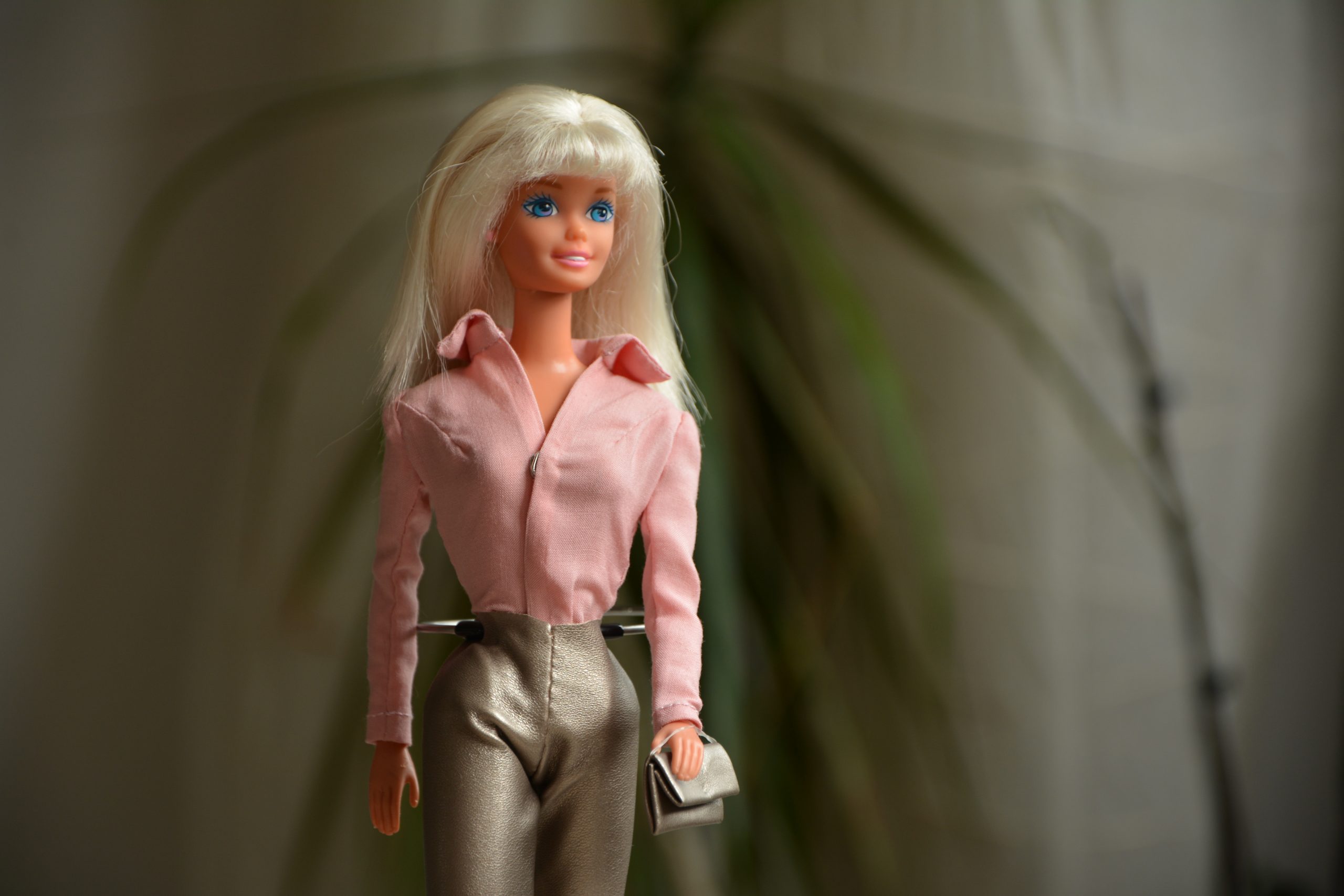For years, Barbie has had a reputation – whether it be good, bad or undecided.
She has been loved, hated, slated and adored – so it was no doubt the live adaption of Mattel’s famous dolls sparked some mixed opinions.

Doted by some as ridiculously feminist and men-hating, Greta Gerwig’s newest screenplay is perhaps not the pink paradise many were expecting when going in to the cinema.
Before watching, it was a common misconception that the film, produced by Australian actress Margot Robbie, was going to a ditsy daydream in Barbie’s playhouse.
Barbie, based on the renowned toy dolls by Mattel, had much more complexity to it – which in itself is the message relayed in the movie.
“Stereotypical” Barbie, played by Margot Robbie, is content with her life in the dreamhouse, surrounded by the other Barbies, living a simple yet sweet day to day life.
She is confused as she begins to have “irrepressible thoughts of death” and her life begins to feel much different (we’ve all been there).
Robbie’s character goes through a range of emotions as she enters the human world with her male companion, Ken, to avoid her life in Barbieland becoming a downward spiral.
But with a world where everything seems to be in favour of the Barbie’s, she must navigate a world lingering in patriarchy.
Despite the angry wringing of fists this display of gender inequality may bring, the Barbie movie is not an inherently radical feminist prose but just a realistic view of how the world can really be.
It was inevitable that the film would spark controversy, as did the dolls by Mattel, as some suggest is it a film promoting hatred of men or holding girls hostage to the colour pink.
Barbie, in reality, was a fun and colourful film that is bound to make many laugh, and cry, and laugh again – but more importantly reminisce.
The film features all of your favourite Barbie dolls from past and present, even those controversial discontinued dolls (we’re looking at you Midge and Growing Up Skipper).
It was a magical array of a set, pink galore, with the classic touches that were a part of every child’s Barbie universe at home.
The costume and set design was something of a masterpiece for the film, reportedly needing so much pink paint that it led to a pink paint crisis.
The stars of the film were dressed in memorable looks to portray each and every iconic character of Barbieland – with a special mention to the beautiful outfits that Margot Robbie rocked, arguably looking like a real life doll.
A rather special element of Gerwig’s Barbie was the casting and representation of the Barbies.
There were different shapes and sizes and races of each and every Barbie (and most Ken’s) in the movie for every person watching to resonate with.
What made is even more beautifully done was the lack of obnoxious recognition of this – it was natural.
The casting wasn’t done to make a point, the Barbie’s were not inherently described or labelled by the way they looked.
They were just Barbie.
Robbie’s production is a must watch, whether you are a young child with their first Barbie or an adult who insists they’ve moved on from playing with dolls.
The Barbie movie is bound to bring out everyone’s inner child and helps you to appreciate the beauty of life, getting old and acceptance of yourself and others.

